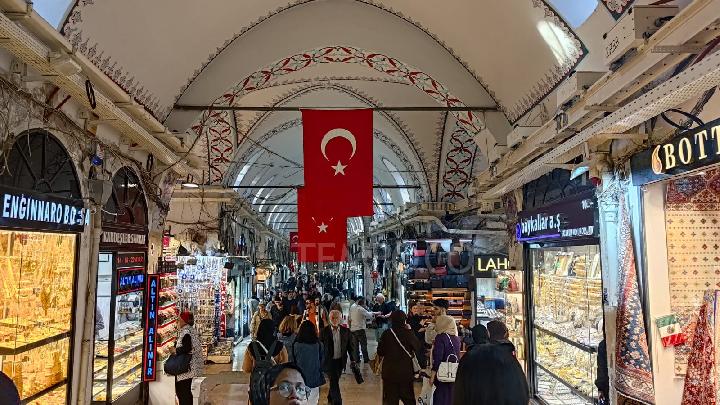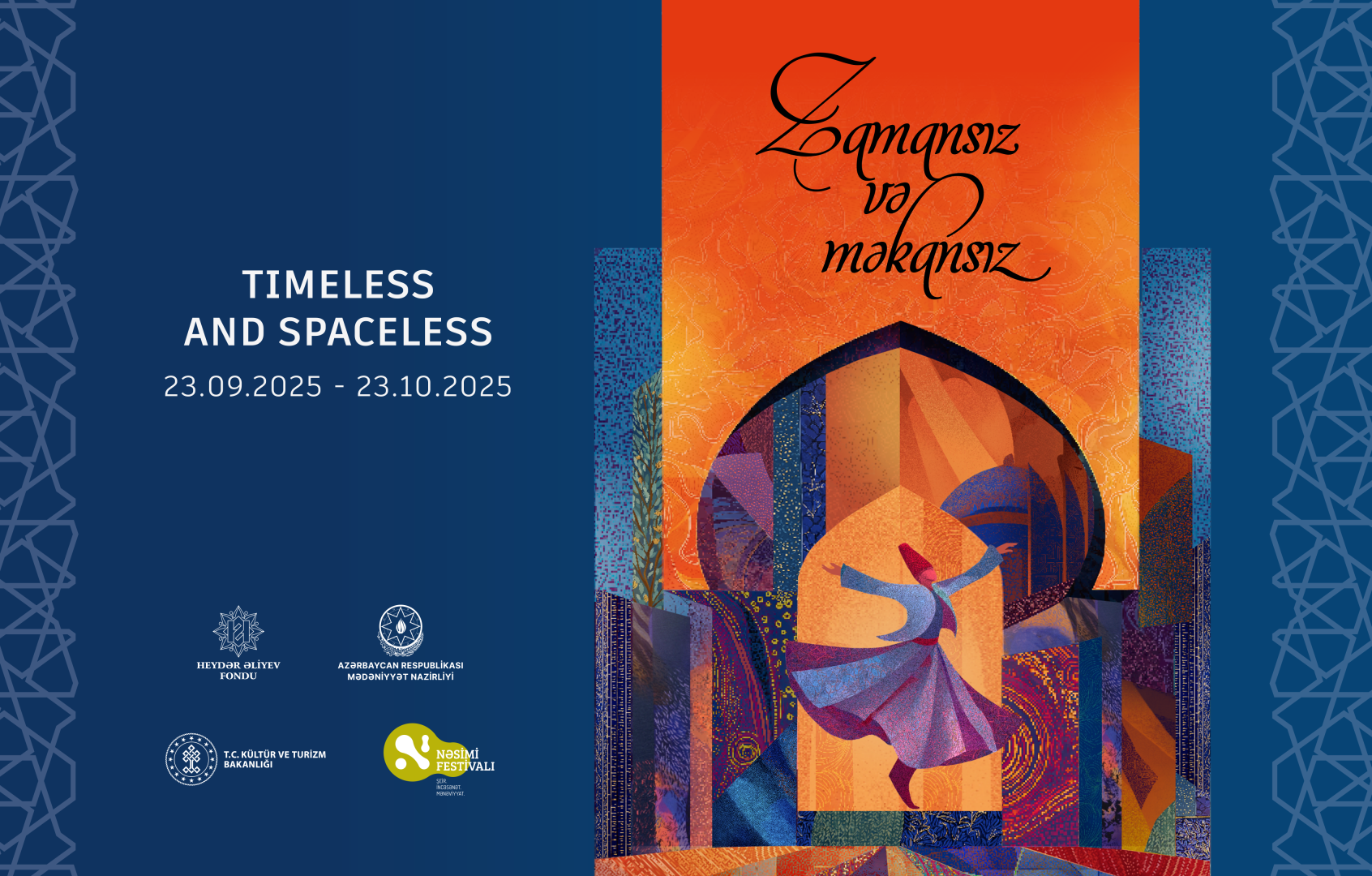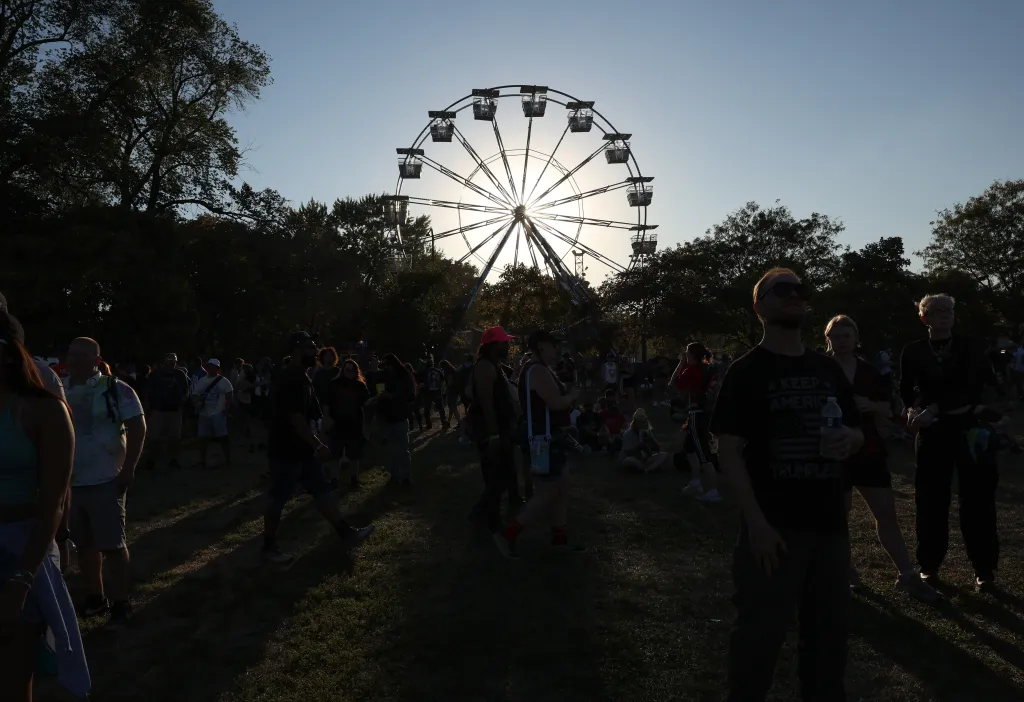By Mila Novita
Copyright tempo

TEMPO.CO, Jakarta – It doesn’t feel complete to travel without visiting traditional markets. This is especially true if those markets are among the oldest in the world. In addition to shopping, travelers can immerse themselves in their historical allure.Long before bustling malls and online shopping became a trend, traditional markets had already existed. These markets are centers of trade and spaces where culture, ideas, and communities converge. That’s why, in the world’s oldest markets, there are always fascinating stories to be discovered.Several oldest markets in the world still exist to this day. Typically selling local products, these markets have become tourist destinations for travelers from both domestic and international locations.Oldest Markets in the WorldHere are the oldest markets in the world, compiled from various sources.1. Jerusalem Old City Market, PalestineThe Jerusalem Old City Market has been around for almost 2,000 years, according to Times of India. For centuries, the merchants here have been selling spices, textiles, olive wood carvings, and religious artifacts, serving the local population and pilgrims from around the world.2. Souks in Marrakech, MoroccoThe souks (markets) in Marrakech have been built since the 11th century. As reported by Times of India, these markets were once a vital part of the trans-Saharan trade route, where traders from across Africa and the Middle East came to exchange salt, gold, ivory, and fine leather. Tourists looking for souvenirs and handicrafts, such as leather goods, metalwork, textiles, and spices, now frequent these markets.3. Mercato di Rialto, Venice, ItalyThis market is located along the Grand Canal near the iconic Rialto Bridge. Established in the early 11th century, Mercato di Rialto (Rialto Market) is one of the oldest markets in Europe still in operation. To this day, the market remains bustling. Many Venetians shop for fresh fish, fruits, and vegetables, just like their ancestors did centuries ago.4. Khan el-Khalili, Cairo, EgyptFounded in 1382, this market was initially built as a caravanserai for traveling merchants. Later, it developed into the heart of Cairo’s trade life. Over the centuries, the market has been the gathering place for spice traders, goldsmiths, silversmiths, and perfumers, many of whom still run family businesses there today.5. Chandni Chowk, Delhi, IndiaChandni Chowk was built in the 1650s by Mughal Emperor Shah Jahan when he moved the capital from Agra to Delhi, according to the official tourism website of India, Incredible India. Shah Jahan envisioned a grand boulevard flanked by magnificent havelis and important buildings.The market was designed by his daughter, Jahanara Begum. During the Mughal era, Chandni Chowk became the empire’s trading hub, attracting jewelers, spice traders, and cloth merchants from across Asia.6. Grand Bazaar, Istanbul, TurkeyThis market was built by order of Mehmet II (1444-1481) after the Ottoman conquest of Istanbul in 1453, as reported by The Istanbul Insider. Construction of the Grand Bazaar began in 1461. Originally a wooden building, the Grand Bazaar is now made entirely of stone and brick.By the 16th century, the market had rapidly developed into a trading center with thousands of shops under its covered alleyways. Today, the market is one of the most popular tourist destinations in Istanbul. Spanning over 60 streets, it houses more than 4,000 stores selling a variety of goods, from dazzling gold jewelry and exquisite woven carpets to spices, ceramics, and antiques.Editor’s Choice: 13 Unique Souvenirs to Bring Home from DubaiClick here to get the latest news updates from Tempo on Google News



